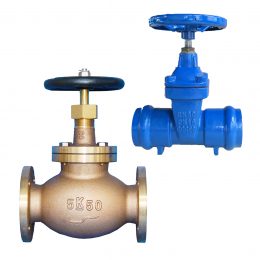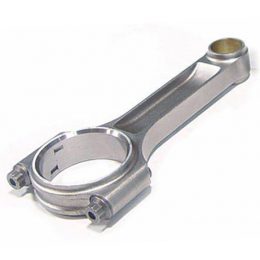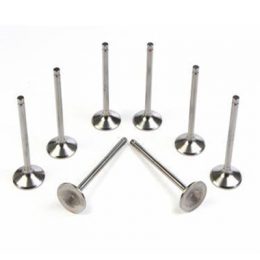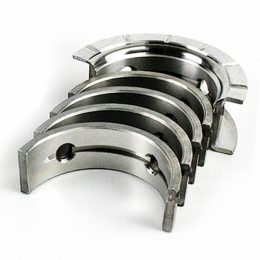Cylinder Liners in Marine Diesel Engines: An In-Depth Analysis
Marine diesel engines are complex machines that rely on various components to function efficiently. One of these essential components is the cylinder liner. Cylinder liners play a critical role in ensuring optimal engine performance, and their proper maintenance is essential to prevent engine damage and failure. In this article, we will provide an in-depth analysis of cylinder liners, their function, types, and maintenance, to help you gain a better understanding of these components and their importance in marine diesel engines.
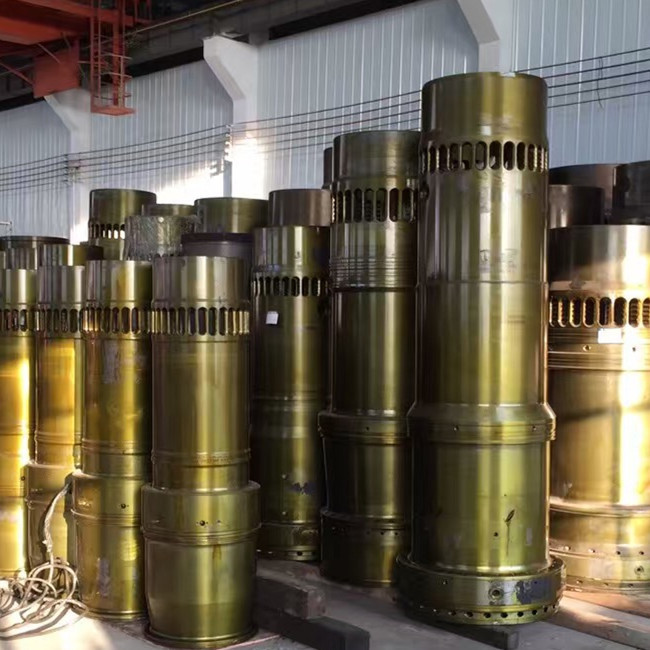
Function of Cylinder Liners:
Cylinder liners are the inner surfaces of the engine cylinders, where the piston moves up and down. They provide a smooth surface for the piston rings to slide against and seal the combustion chamber, preventing the escape of gases and oil. Cylinder liners also act as a heat sink, absorbing the heat generated during combustion and transferring it to the engine coolant. Without cylinder liners, the piston rings would wear out quickly, and the engine would lose compression, leading to decreased power output and increased fuel consumption.
Types of Cylinder Liners:
There are two main types of cylinder liners used in marine diesel engines: wet and dry liners. Wet liners are directly in contact with the engine coolant, which circulates around them, transferring heat away from the cylinder walls. They are easier to replace than dry liners and are commonly used in larger engines. Dry liners, on the other hand, are not in contact with the coolant and rely on air-cooling to dissipate heat. They are commonly used in smaller engines and have the advantage of being lighter and more compact than wet liners.
Maintenance of Cylinder Liners:
Proper maintenance of cylinder liners is essential to ensure optimal engine performance and longevity. Regular inspections, cleaning, and lubrication of cylinder liners can help prevent corrosion, pitting, and scuffing, which can cause engine damage and failure. Inspections should include checking for signs of wear and tear, such as cracks, scoring, and scuffing, which can indicate issues with the engine’s lubrication system, fuel quality, or misalignment.
Cleaning of cylinder liners should be done using specialized tools and solvents to remove carbon deposits and other contaminants that can affect engine performance. Lubrication of cylinder liners is critical to prevent metal-to-metal contact, which can cause scuffing and scoring. Proper lubrication can also help reduce friction and wear, extending the life of the engine.
Conclusion:
In conclusion, cylinder liners are a critical component of marine diesel engines, and their proper maintenance is essential to ensure optimal engine performance and longevity. Regular inspections, cleaning, and lubrication can help prevent engine damage and failure, and ensure that your marine diesel engine runs smoothly for years to come. We hope that this article has provided you with valuable insights into cylinder liners, their function, types, and maintenance, and has helped you gain a better understanding of these essential engine components.
- 7 Quality Parts of Marine Engine Crankshaft
- Marine Cylinder Liner Standards: A Technical Overview
- The Importance of Marine Engine Connecting Rods in Engine Tuning
- SULZER chemical process pump seal SCZ32-160 SCZ50-250 SCZ80-200
- Marine Engine Connecting Rods vs. Standard Connecting Rods
- SULZER mechanical seal SCZ32-160 SCZ50-250 SCZ80-200
